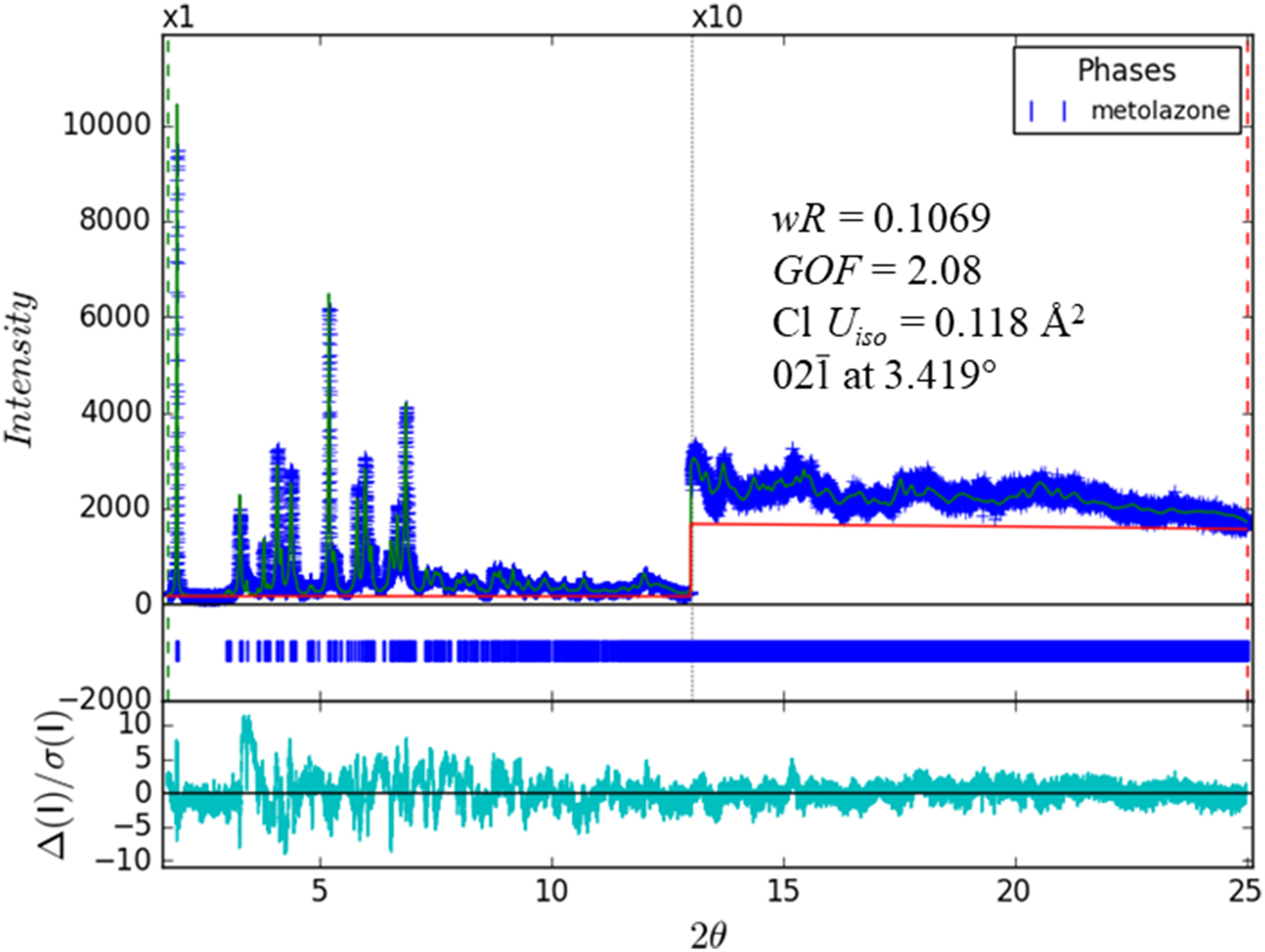

This feature has contributed to many interesting properties, such as self-accelerating gas adsorption 33, switchable channels 34, unexpected hydrolytic stability 35, crystal-downsizing effect 36, 37, 38, tunable optical properties 39, and irreversible structural expansion 40. Compared to 3D MOFs, layered 2D MOFs often exhibit greater degree of flexibility owing to the possible layer movement or cross-linking in addition to local bond length/angle change during guest removal or accommodation, which allows control of porosity through or between layers. This strategy results in record capacity of C 2H 2 at low pressures and record productivity of high-purity C 2H 4 coupled with superior stability. Herein, we demonstrate a strategy to improve the performance of adsorption separation that utilizes the tunability of both interlayer and intralayer space of two-dimensional (2D) fluorinated MOFs. The leading materials in capturing trace C 2H 2 from C 2H 4, including the NKMOF-1-Ni (Cu)) 26 and the SIFSIX family 27, 28, 29, all have a 3D coordination network structure that affords a high affinity for C 2H 2 (Table S13), but the separation performance still needs improvement in view of the limited productivity of high-purity C 2H 4, and the material with benchmark C 2H 4 productivity was reported to be unstable to water and even laboratory atmosphere 30, 31, 32. For example, in industrial processes for producing polymer-grade ethylene (C 2H 4), the design of efficient porous materials for acetylene (C 2H 2) separation is the key to replacing solvent absorption and catalytic hydrogenation technologies. Despite significant achievements, designing new materials that outperform existing benchmark adsorbents remains a formidable challenge. In terms of trace gas removal, numerous studies have focused on the rational design of three-dimensional (3D) MOFs with uniform sub-nanometer pores 16, 17, 18, 19, 20, 21, 22, 23, 24, 25. Owing to their inherent diversity, these materials enable precise control of pore shape, pore chemistry and pore size, thereby providing a versatile platform for separation processes 8, 9, 10, 11, 12, 13, 14, 15. Metal−organic frameworks (MOFs), or porous coordination polymers (PCPs), are emerging porous solid materials in which open lattices are formed from inorganic nodes and organic linkers 7.

However, conventional porous materials such as zeolites, activated carbon and resins have difficulty meeting all these requirements simultaneously 4, 5, 6. Ideal adsorbents should exhibit both high selectivity and large adsorption capacity for the trace component. In particular, for the separation of trace gases from gas streams, adsorption is often more attractive than other techniques such as cryogenic distillation and solvent absorption in view of process economy or product purity. The huge demand for high-purity gas products in industry has driven a significant development of adsorption technology for gas separation 1, 2, 3. Their efficiency in acetylene/ethylene separation is confirmed by breakthrough experiments, giving excellent ethylene productivities (121 mmol/g from 1/99 mixture, 99.9999%), even when cycled under moist conditions. The resultant robust materials (ZUL-100 and ZUL-200) exhibit benchmark capacity in the pressure range of 0.001–0.05 bar with high selectivity. Validated by X-ray diffraction and modeling, a systematic variation of linker atom oxidation state enables fine regulation of layer stacking pattern and linker conformation, which affords a strong interlayer trapping of molecules along with cooperative intralayer binding. Here we demonstrate a strategy to design adsorbents that utilizes the tunability of interlayer and intralayer space of two-dimensional fluorinated MOFs for capturing acetylene from ethylene. However, the development of ideal adsorbents combining high adsorption capacity with high selectivity and stability remains challenging.

Three-dimensional metal−organic frameworks (MOFs) are cutting-edge materials in the adsorptive removal of trace gases due to the availability of abundant pores with specific chemistry.


 0 kommentar(er)
0 kommentar(er)
